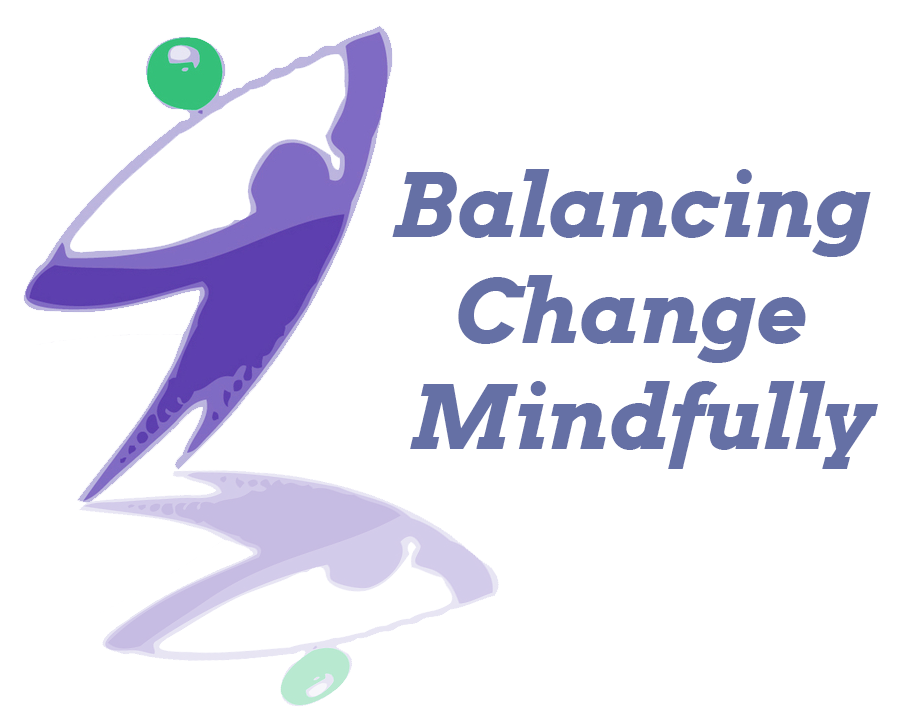
Now that we’ve established that anger is a natural, unavoidable, and instinctual reaction let’s look at how we can respond to anger appropriately. In this blog, will discuss the dos and don’ts in responding to anger.
- DO acknowledge that you are angry.
It is important that you know how to recognize that you are angry, and give yourself permission to feel it. This can be as simple as saying to yourself “I am angry.” Remember, you can’t control something you don’t admit exists!
- DO calm yourself before you say anything.
In the previous discussions, we saw how there is a biological reason why anger can feel overwhelming — our body is engaged in a fight or flight response. It helps then to defer any reactions until you have reached the return to normal/ adaptive phase of the anger cycle. Otherwise, you might end up saying or doing something that you’d later regret. Count 1 to 10 or take 3 deep breaths!
- DO speak up, when something is important to you.
This is the opposite to ‘keeping it all in.’ If a matter is important to you, so much so that keeping silent would just result in physical and mental symptoms, then let it out. If it’s not possible to speak to the person concerned, at least look for a trusted friend or a mental health professional.
- DO explain how you’re feeling in a manner that shows ownership and responsibility for your anger.
Take ownership and responsibility for your feelings. This makes the anger within your control (you can’t control other people). One way to take ownership and responsibility for your anger is through the use of I-messages, which will be discussed in a later module.
